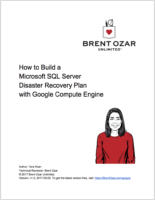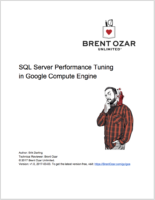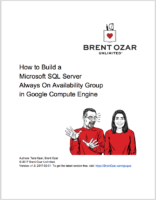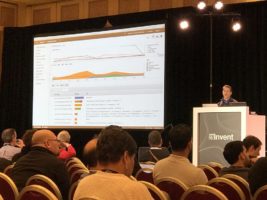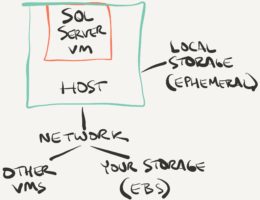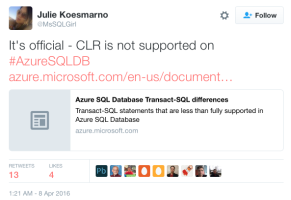Building a Faux PaaS, Part 3: What the Ideal Engineering Team Looks Like
4 Comments
Background: I’m working with kCura to build a Faux PaaS: something akin to Microsoft’s Azure SQL DB, but internally managed. You can catch up with what we’ve discussed so far in Part 1 and Part 2 of the series. In the last post, I talked about measuring backup and restore throughputs across different instance types, regions, storage configs, and backup locations.…
Read More




